| [1] Humphreys BD, Valerius MT, Kobayashi A, et al. Intrinsic epithelial cells repair the kidney after injury.Cell Stem Cell. 2008;2(3):284.[2] Hoste EA ,Schurgers M.Epidemiology of acute kidney injury :how big is the problem. Crit Care Med. 2008; 36 (4 Suppl): S146.[3] Wang ZJ,Xie P.Shiyan Yu Jianyan Yixue. 2010;28(2):134.王志剑,谢平.骨髓干细胞移植对急性缺血性肾损伤大鼠肾小管细胞活性的影响[J].实验与检验医学,2010,28(2):134.[4] Liu H,Li YF.Zhonghua Shenzangbing Zazhi. 2009;25(10): 745.刘宏,李玉峰.非清髓性外周造血干细胞移植后早期急性肾损伤的多中肾临床研究[J].中华肾脏病杂志,2009,25(10):745.[5] Miki T, Lehmann T, Cai H, et al. Stem cell characteristics of amniotic epithelial cells. Stem Cell. 2005;23(10):1549-1559.[6] Yen BL, Huang HI, Chien CC, et al. Isolation of multipotent cells from human term placenta. Stem Cells. 2005;23(1):3-9.[7] Zhao P, Ise H, Hong M, et al. Human amniotic mesenchymal cells have some characteristics of cardiomyocytes. Transplantation. 2005;79(5):528-535.[8] In 't Anker P.S, Schergon SA, Kleijburg-vander keur C, et al. Isolation of mesenchymal stem cells of fetal or maternal origin from human placenta [J]. Stem Cells. 2004;22(7):1338-1345.[9] Zhang L, Fang N, Chen DX, et al. Zhongguo Shengwu Gongcheng Zazhi. 2007;27(12):84-89.张路,方宁,陈代雄,等.人羊膜间充质细胞有向心肌样细胞分化的特性[J].中国生物工程杂志,2007,27(12):84-89.[10] Zhang L,Fang N,Chen DX,et al.Zhongguo Zuzhi Gongcheng Yanjiu yu Linchuang Kangfu. 2008;12(3):401-405.张路,方宁,陈代雄,等.人羊膜上皮细胞有向心肌样细胞分化的特性[J]. 中国组织工程研究与临床康复,2008,12(3):401-405.[11] Togel F, Hu Z, Weiss K, et al. Administered mesenchymal stem cells protect against ischemic acute renal failure through differentiation-independent mechanisms. Am J Physiol Renal Physiol. 2005;289(1):31-42.[12] Lin F. Stem cells in kidney regeneration following acute renal injury. Pediatr Res. 2006;59(4):74-78.[13] Prodromidi EI, Poulsom R, Jeffery R, et al.Bone marrow-derived cells contribute to podocyte regeneration and amelioration of renal disease in a mouse model of Alport syndrome. Stem Cells. 2006;24(11): 2448-2455. [14] The Ministry of Science and Technology of the People’s Republic of China.Guidance Suggestions for the Care and Use of Laboratory Animals. 2006-09-30.中华人民共和国科学技术部. 关于善待实验动物的指导性意见. 2006-09-30.[15] Ito T, Suzuki A, Imai E, et al. Bone marrow is a reservoir of repopulating mesangial cells during glomerular remodeling. J Am Soc Nephrol .2001;12:2625-2635.[16] Rookmaaker MB, Smits AM, Tolboom H, et al. Bone-marrow derived cells contribute to glomerular endothelial repair in experimental glomerulonephritis. Am J Pathol. 2003; 165: 553-562.[17] Marina M, Barbara I, Carla Z, et al. Mesenchymal Stem Cells Are Renotropic, Helping to Repair the Kidney and Improve Function in Acute Renal Failure. J Am Soc Nephrol. 2004;15: 1794-1804.[18] Int Anker PS, Scherj on S A, Kleijburg - van der Keur C, et al. Isolation of mesenchymal stem cells of fetal or maternal origin fr om human placenta. Stem Cells. 2004; 22(7):1338-1345[19] Moon J H, Lee J R, Jee BC, et al. Successful vitrification of human amnion-derived mesenchymal stem cells. Hum Reprod. 2008;23(8):1760 -1770.[20] Parolini O, Alviano F, Bagnara GP, et al. Concise review: isolation and characterization of cells from human term placenta: outcome of the first international Workshop on Placenta Derived Stem Cells.Stem Cells. Stem Cells. 2008; 26(2):300-311.[21] Pasquinelli G, Tazzari P, Ricci F, et al . Ultrast ructural characteristics of human mesenchymal stromal (stem) cells derived from bone marrow and term placenta. Ultrastruct Pathol.2007;31(1):23231.[22] Delorme B, Chateauvieux S, Charbord P. The concept of mesenchymal stem cells. Regen Med.2006;1(4):4972509. |
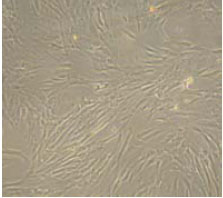
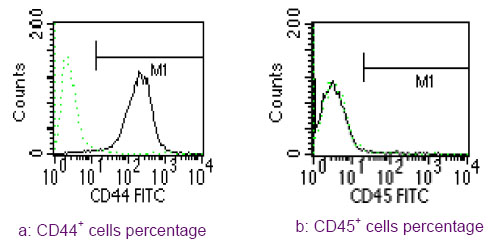
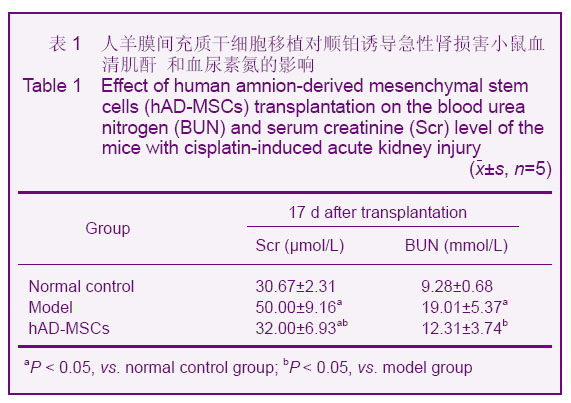
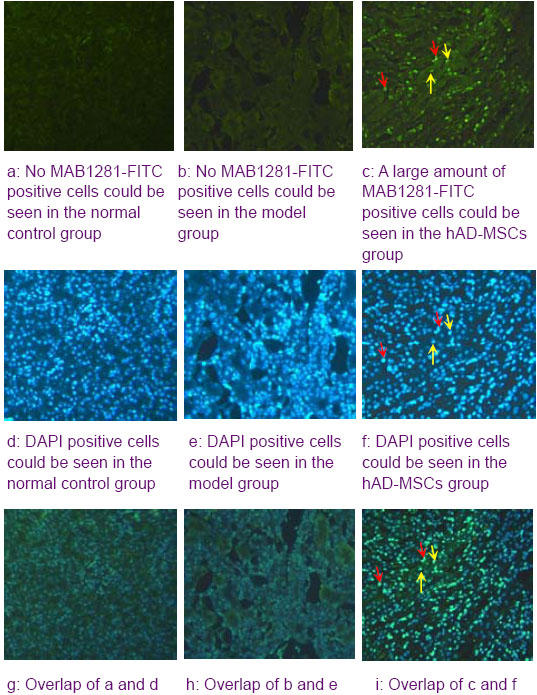
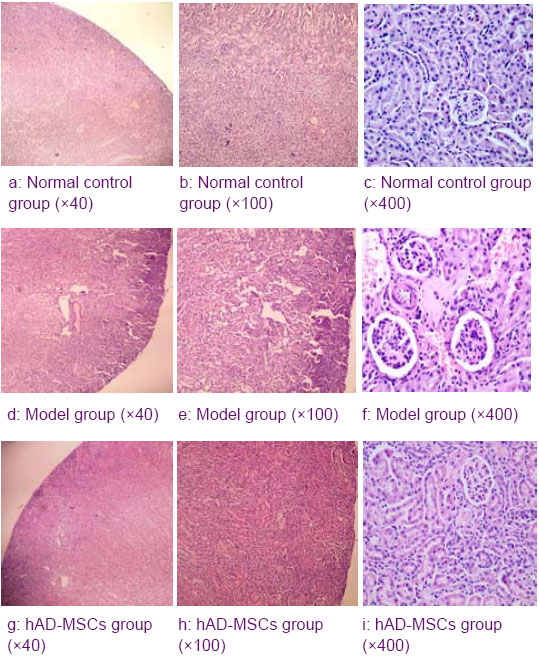
.jpg)